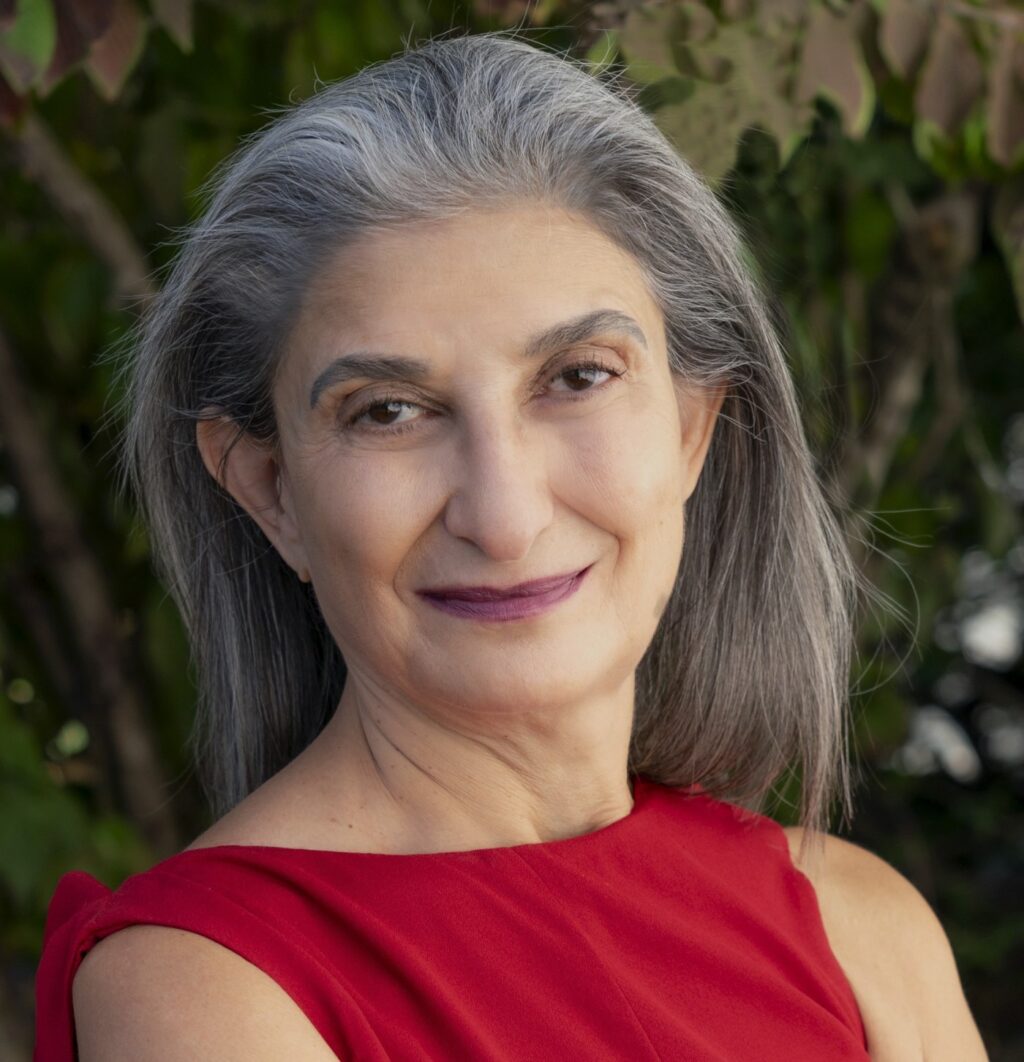
Segerstrom Center for the Performing Arts on Monday announced that Limor Tomer, general manager of the live arts department at The Metropolitan Museum of Art, will take over as the new vice president of programming and production for the center — a role created and shaped by Judy Morr, who retired in June.
Morr is credited with turning Segerstrom Center into one of the most important venues for dance in the nation, creating artistic partnerships with leading dance companies from around the globe like the Bolshoi Ballet and American Ballet Theatre, among others. Morr, who had once been general manager of theaters at the John F. Kennedy Center for the Performing Arts in Washington, D.C., began at Segerstrom Center in 1985, a year before its official opening.
Under Morr’s stewardship, the center has amassed what Broadway World called “an impressive list of world, American and West Coast premieres.”
Judy Morr, former executive vice president, Segerstrom Center for the Arts. (Photography by Ralph Palumbo)
“For myself, it has been an incredible lifetime experience,” Morr said in an emailed statement. “If I were asked if I had a favorite memory, I would tell you truthfully, I have so many memories and they are all of the wonderful artists and the wonderful experience and gift it has been to me to be able to work for the Center and help bring great dance to Orange County and beyond. I’m very grateful.”
For her part, Tomer says she’s prepared to take the reins and drive such a legacy into the future when her new job officially starts on Jan. 6, 2025. Why? Because she’s done it before.
In 2011 Tomer, a Julliard graduate and classical pianist who had been a musical events curator and producer in New York, took over the Metropolitan Museum of Art’s concerts and lectures series, which for 41 seasons had been under the direction of Hildy Limondjian.
“So what I learned from that is humility,” Tomer said in a recent interview on Zoom. “If we don’t change, we run the risk of becoming irrelevant. But change needs to be managed. It needs to take the time that it needs.”
Tomer’s new job role at Segerstrom Center will be vital in shaping the center’s programs, developing professional partnerships and producing new works. She said she had followed Morr’s accomplishments at Segerstrom Center “for years.”
“This is Judy Morr’s vision. She built it with her hands and her heart and her mind. I was very aware of the work that she was doing here, especially the international work with orchestras and dance companies,” she said. “I’m really coming into the role with an extraordinary legacy. Now it’s my job is to take that legacy and continue it forward.”
To do that, this New Yorker says her first order of business is to become part of the Southern California community. And that means more than enjoying the beach — although Tomer admits she wants to do that, too.
“One of the most important and exciting things for me that I’m very, very eager to work on with (Center president and CEO) Casey (Reitz) and his team is the community engagement portfolio. I would love to just learn and listen and become a member of the community and see, you know, how we do things with the community, not to the community.”
Tomer says reaching out to new audiences while engaging loyal ones is a balancing act “that’s really baked into the work that I was doing at the Met, obviously. But now I’ll get to do it in a much broader scale.”
“And, also, I think that with the demographic changes that are happening in Orange County, this is a very special moment where I can help the Segerstrom Center sort of become more attuned to the changes and do what only the Segerstrom can do,” she said.
In her new role, she’s tasked with ensuring the continued education partnership between the center, American Ballet Theatre and the Gillespie School to nurture the next generation of dancers, dance companies, and audiences. Tomer will also be the primary liaison with the Center’s resident companies which include Pacific Symphony, Pacific Chorale and the Philharmonic Society of Orange County.
Tomer says that in some respects, her new job feels to her like “coming home.”
“I grew up as a performer myself,” said Tomer. “I grew up in the performing arts, and at some point, I pivoted to museums. And now I can’t wait to go back to performing arts.”
Born in Israel, she moved to the United States at age 13. She earned her bachelor’s and master’s from The Juilliard School and studied for her doctorate in aesthetics at New York University. For a decade she performed professionally as a classical pianist in solo and orchestral performances throughout the U.S. and Europe.
“Interestingly, no one in my family was or is a musician, but art was completely central to our family,” she said. “We had a subscription to the Israel Philharmonic, we went to the Chamber Music Series at the Tel Aviv Museum, we went to all the ballet when it came. So I grew up immersed in that.”
In a prepared statement, Casey Reitz praised Tomer as a “dynamo” and said, “Upon meeting Limor for the first time in New York City, I felt an immediate connection to her and knew that this was someone that I wanted to work with. Her extraordinary blend of talents as an artist, programmer, educator and producer brings precisely the vision and expertise we need to propel the center forward.”
Related Articles
Carl St.Clair opens his last season directing the Pacific Symphony
OC theater allowed to stay in San Juan Capistrano building until end of year
This festival aims to break the art of mime out of the glass box
Miles Davis’ ‘Kind of Blue’ is, at 65, a shape-shifting album that transcends time and genre
